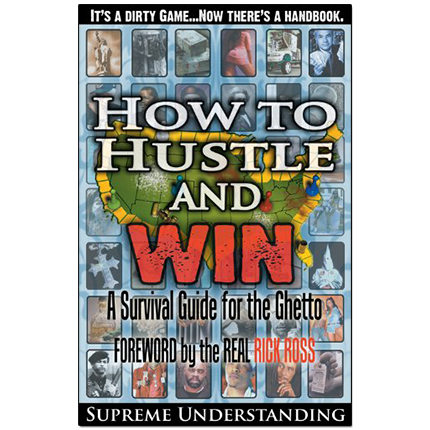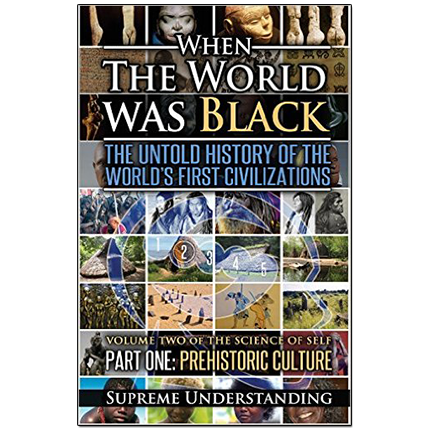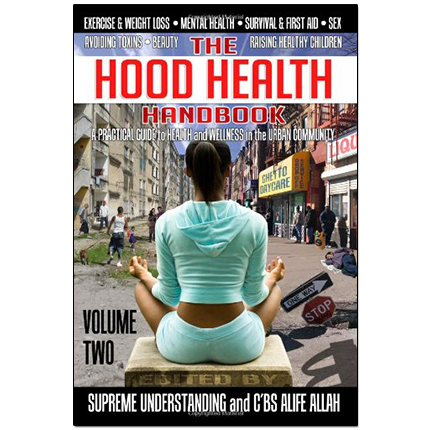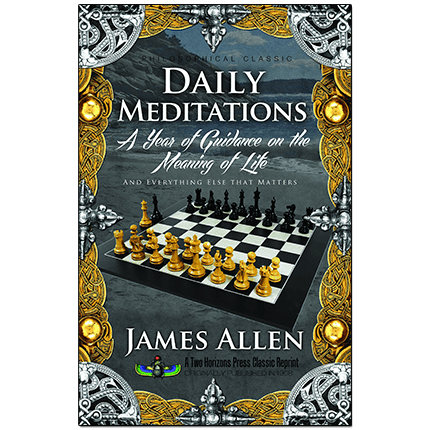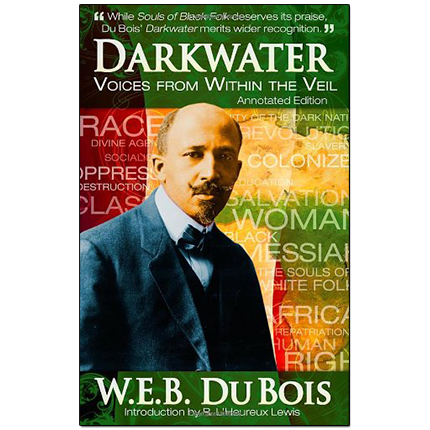If you’re scared about drinking tap water again, hold your horses before running to bottled water. In reality it isn’t even guaranteed that it’s safer or healthier than tap water. Here’s why.
1. Bottled water is less regulated than tap water
We’re programmed to think the opposite, but in reality the bottled water industry has less pressure to ensure the best quality in their products. Some companies even use tap water to fill up plastic bottles and sell them at 10 times the price! Why? Because bottled water is considered a food product and is regulated by the Food and Drug Administration (FDA) whereas tap water is regulated by the Environmental Protection Agency (EPA), which has a higher standard when it comes to drinkable water.
The EPA demands no confirmed E. coli or bacteria contamination allowed in tap water and requires specific treatments of tap water sources like disinfection and regular testing. Even though perfect results are not 100% guaranteed, the EPA makes sure any violations against its policy are dealt with. The FDA on the other hand, only sets a minimum level for contaminants and E. coli presence in bottled water and it doesn’t even consider exceeded amounts a violation if the company openly says so on the label. The FDA also requires inspection, sampling and approval of water sources. However a federal review revealed that 25% of water bottlers have no record of FDA approval and that the FDA doesn’t even have one full-time staff to monitor or regulate bottled water. So for the most part, bottled water companies are self-regulated and can do whatever they want with their product as long as it’s not ridiculously contaminated or poisonous. With that said, bottled water is not worse or better than tap water because its quality depends on the brand’s policy of treatment. Some brands treat their water better than tap water while others treat it worse.
2. They contain contaminants too
The Natural Resources Defense Council (NRDC) ran a research on 103 water bottle brands and found that “at least 25% of the brands tested contained chemical contaminants at levels above the strict, health-protective limits of California, the bottled water industry code, or other states” and many of them exceeded federal safety levels for chemicals in drinking water.
Another investigation by the Environmental Working Group (EWG) tested 10 major brands and found 38 pollutants. It concluded that Walmart’s Sam’s Choice and Giant’s Acadia are no different than tap water and also exceed safety limits. Out of the 10 brands, 4 had high levels of THMs, 5 had fluoride like tap water, 6 had nitrates, 1 had ammonia, 2 had pharmaceuticals, and 9 had an average of 2.5 synthetic chemicals (3 of those brands had about 8 chemicals in them). Bacteria contamination was also found in 4 brands, and the most shocking, radioactivity contamination in 7 brands!
Did You Know?Dasani and Aquafina, two top-selling water brands, have admitted that their products are nothing but tap water in a bottle? |
3. Deceptive advertisement
Bottled water brands use misleading images to tap into the subliminal mind, like most companies do. They’ll use pictures of mountains, volcanic plains, glaciers, fresh springs or waterfalls with flowers growing on the river banks and sunshine in the background. But none of those are guarantees that the water actually comes from a fresh and clean source. For example, a brand called “Spring Water” has a picture of a mountain and lake on the label, but their water source is actually from a well located near an industrial waste site and right in the middle of a warehouse facility in Mills, Massachusetts. Another one named “Aliska” says “Alaska Premium Glacier Drinking Water: Pure Glacier Water from the Last Unpolluted Frontier, Bacteria-free,” but was found to be from a public water supply.
Words like “pure,” “glacier,” “premium,” “natural,” “mountain water,” “clean” or “healthy” mean nothing but false advertisement most of the time.
4. It’s expensive
Drinking 8 glasses of tap water a day for a year is equivalent to 49 cents, whereas bottled water sells for about $1 per 16 ounces! Which is what, 2 glasses? One bottle of Evian costs about the same as 1000 gallons of tap water. At this rate, bottled water is more expensive than gasoline. If that isn’t a rip off then I don’t know what is.
5. Its garbage
The world consumes over 41 billion gallons of bottled water per year and America alone consumes 7 billion of it. But check this; it takes 1.5 million barrels of crude oil to make enough bottles to meet America’s demand every year. That’s enough to fuel 100,000 cars in the same amount of time and just think about how much energy (fuel) it takes to produce and transport them nationwide and worldwide.
Most importantly, less than 20% of water bottles get recycled, which leaves about 86% to become garbage or litter. When plastic is burnt up with other trash in landfills, toxic chlorine and other chemicals are released in the atmosphere while more toxins are deposited in the ground potentially increasing water contamination. Also, plastic takes between 400 to 1000 years to decompose, and we’re throwing away over 30 million plastic bottles a day!
Still want to consume bottled water?
Though drinking bottled water is better than drinking no water, try adopting the habit of recycling. You can easily find sources online that can tell you where and how to do it. Environmentalists are so big on recycling that some will even pay you for it.

